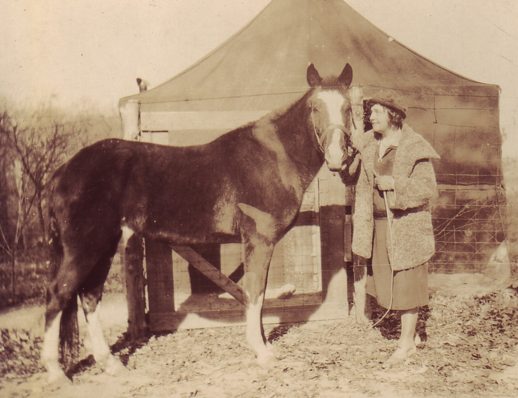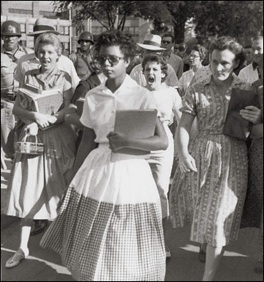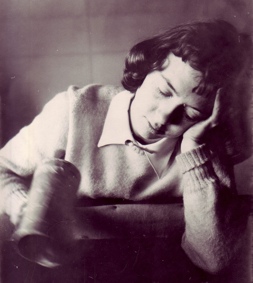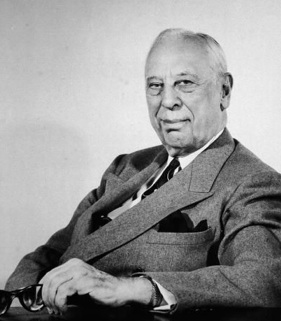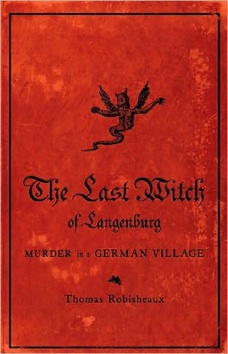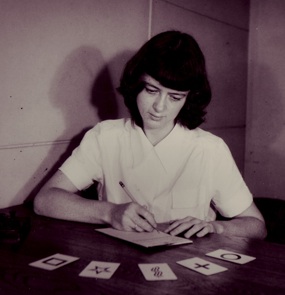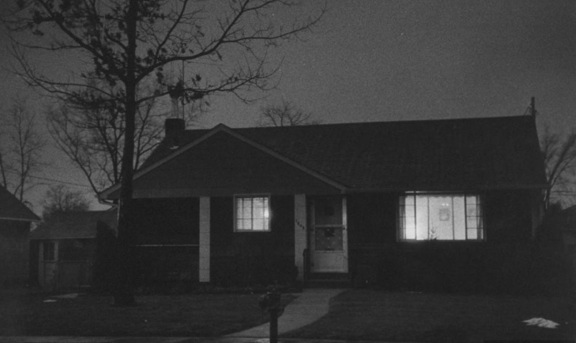Let’s Confront Lady Wonder and Get it Over With
I was so excited to see a book devoted to quantum entanglement, by someone named Louisa Gilder. But then I saw this unfortunate section about J. B. Rhine and telepathy. “Rhine has displayed the extent of his scientific rigor quite early, in 1927 … by earnestly declaring a horse named Lady Wonder telepathic. A magician who investigated her the same year discovered that in fact she was reading subtle clues from her trainer’s stance and expression.”
I didn’t want to bring up Lady Wonder in my book because she is always used to make Rhine look foolish. The story always delivers a one-two punch for critics. First, Rhine’s an idiot for even thinking an animal could be telepathic, like how silly is to test a horse for ESP?? And second, he’s an idiot for being tricked.
I finally decided I had to include the Lady Wonder story. If Rhine made a mistake, I shouldn’t hide it. When I looked into it however, I learned that the stories I had heard over and over were repeatedly told leaving out one essential piece. More below …
There are basically two versions of this story. In one, Lady’s owner had been giving her signals, and it was deliberate fraud, and in the second the horse was picking up on inadvertent visual clues from the owner, and the owner was innocent of wrong-doing.
Here’s the part that is always left out: Rhine had taken precautions against possible fraud which included testing her without the owner present, and the horse was still able to perform.
Update: Someone pointed out that it hadn’t occurred to Rhine that he too might have been giving unconscious signals to the horse. But that did occur to him. They selected targets silently, shielded their eyes from the horse and leaned against the tent pillars to limit their body movements.
Here’s what has always bothered me about how people tell this story. For those who will accept no experimental results of ESP, no group will be tolerable, but there is no reason animal studies should be a point of ridicule. I mean, animals are used all over the place in science to learn more about us. I get that some people think ESP is ridiculous, so it’s all insane to them, and somehow the fact that he pronounced a horse telepathic is the height of that insanity. I get that. But the fact that he was willing to test a horse for an ability he thought we all might possess is scientifically valid. People use animals to test theories.
Gilder goes on to say, “To the end of his life Jung believed that Rhine’s experiments had provided ‘scientific proof’ of ESP despite the increasing awareness that Rhine, though sincere, had only a tenuous grasp on the details of scientific method.”
That’s simply untrue and not fair. (And Rhine would say that their experiments provided evidence of an effect.) Even the skeptics and critics I researched would not say that about Rhine. I have countless examples, and here are three. I don’t want to post them all because I plan to have entries about various critics and what they’ve said in the future. But each of these people were skeptical:
“I would like to mention the fact that I find this whole field intellectually a very painful one. And I find it painful essentially for the following reasons: I cannot reject the evidence and I cannot accept the conclusions.” – Warren Weaver, Vice President, Sloan-Kettering Institute for Cancer Research, on extrasensory perception. (I posted this Weaver quote earlier. He went down to Duke to study their experiments and this is what he came about with.)
“The whole situation is very interesting, and I think those that are especially concerned with “parapsychology” are very lucky indeed to have a person of your scientific temperament engaged so deeply in it.” – Dr. Edwin G. Boring, Harvard University. (Boring also never accepted telepathy, but wouldn’t dismiss Rhine on the basis of sloppy experimental controls, etc.)
“He is an intensely sincere man, whose work has been undertaken with a care and competence that cannot be dismissed easily, and which deserves a far more serious treatment.” – Martin Gardner on J. B. Rhine, from Fad and Fallacies.
If Gilder found critics who described Rhine as having “only a tenuous grasp on the details of scientific method” I would have to say that their research of him is as superficial as hers. HOWEVER, people I admire greatly, like Michio Kaku for instance, have repeated this mistake against Rhine. It is perhaps a common human foible to sometimes accept without question data which confirms your beliefs and to reject data which doesn’t.

